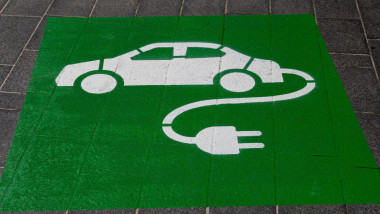A mother used her EV to power her son’s dialysis machine amid storms and a blackout | Electric vehicles with bidirectional charging can be life-saving, especially in times of power cuts and natural...
A mother used her EV to power her son’s dialysis machine amid storms and a blackout | Electric vehicles with bidirectional charging can be life-saving, especially in times of power cuts and natural…::Electric vehicles with bidirectional charging can be life-saving, especially in times of power cuts and natural disasters.
